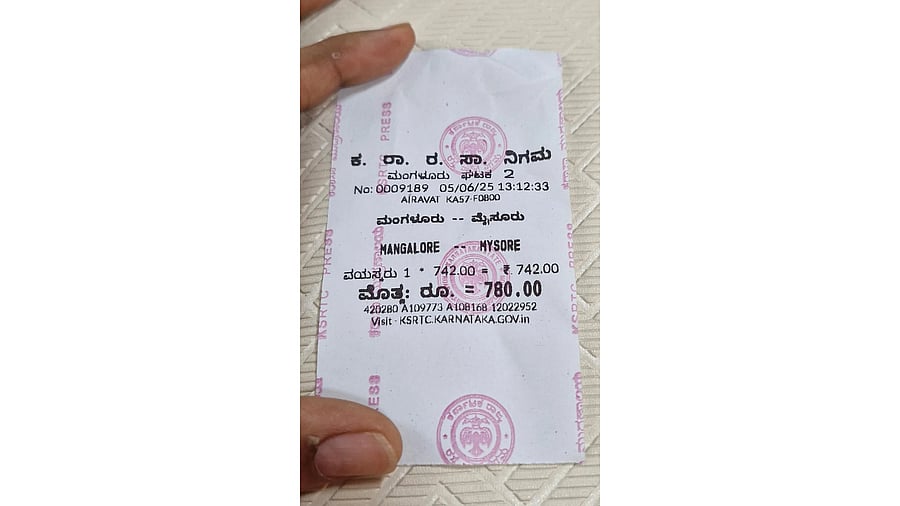
Study flags toxic effect of chemicals used in manufacturing thermal paper.
Bengaluru: Thermal paper, which has become ubiquitous in billing and ticketing, is exposing crores of people and animals to toxic chemicals with a new study calling for increased scrutiny and regulation of chemicals used in such papers.
Thermal paper is a specialised material, mostly sold as paper rolls which are coated with chemicals that change colour when exposed to heat.
It was hailed as a solution, considering that it eliminate the need for ink while printing.
As a result, they have been adopted widely from bus tickets to point of sales machines and even in medical facilities.
The study was conducted by three high school students - R Usha, Aniketh V Bhat and R Nalini - guided by Athavan Anand, principal investigator, Prayoga Institute of Education Research and Asha C H, co-principal investigator.
The study’s pre-print version has been made available on bioRxiv, a popular site for biology research papers.
The researchers bought two rolls of thermal paper from a shop and took 5 gm each of evenly cut small pieces. Chemical was extracted from the small pieces and the same were subjected to absorption, distribution, metabolism and excretion (ADME) properties prediction using Swiss-ADME portal to understand their behaviour in biological systems and evaluating their toxicity.
High-resolution mass spectrometry analysis established that the thermal bill paper contained Bisphenol S (BPS) and Diphenyl Sulfone (DPS).
“We conducted in-silico analysis using software tools and models (including BOILED-Egg model) to find that both BPS and DPS possess properties within the optimal range for absorption and bioavailability. BPS is likely to be absorbed by the gastrointestinal tract, while DPS could potentially cross the blood-brain barrier,” Anand said.
While Bisphenol A (BPA) has been banned, Bisphenol S or BPS that was introduced as an alternative, is now having similar toxicity to BPA. Specifically, BPS is suspected to have endocrine-disrupting properties. DPS has been flagged as a skin and respiratory irritant and can cause serious health issues if ingested.
The researchers conducted toxicity tests on Daphnia pulex, known as common water
fleas, belonging to the aquatic group Crustacea (crab, shrimp, etc). “The heart of Daphnia pulex serves as a valuable biomarker for assessing cardiotoxic effects of chemical exposure,” it said.
Findings of the tests showed that the heartbeat of the flea exposed to 0.5 mg/litre of the toxic chemicals reduced from 468 to 198 beats within 78 hours.
“As time progressed, the heart rates in all groups exposed to the chemical steadily declined,” it said, adding that those exposed to 5 mg/litre showed rapid decline in beats within the first six hours.
Anand noted that BPS has been found in blood and urine samples of cashiers in studies conducted in China and the USA. “There is a need for increased awareness and regulation. Quick action will help reduce the damage,” he added.
